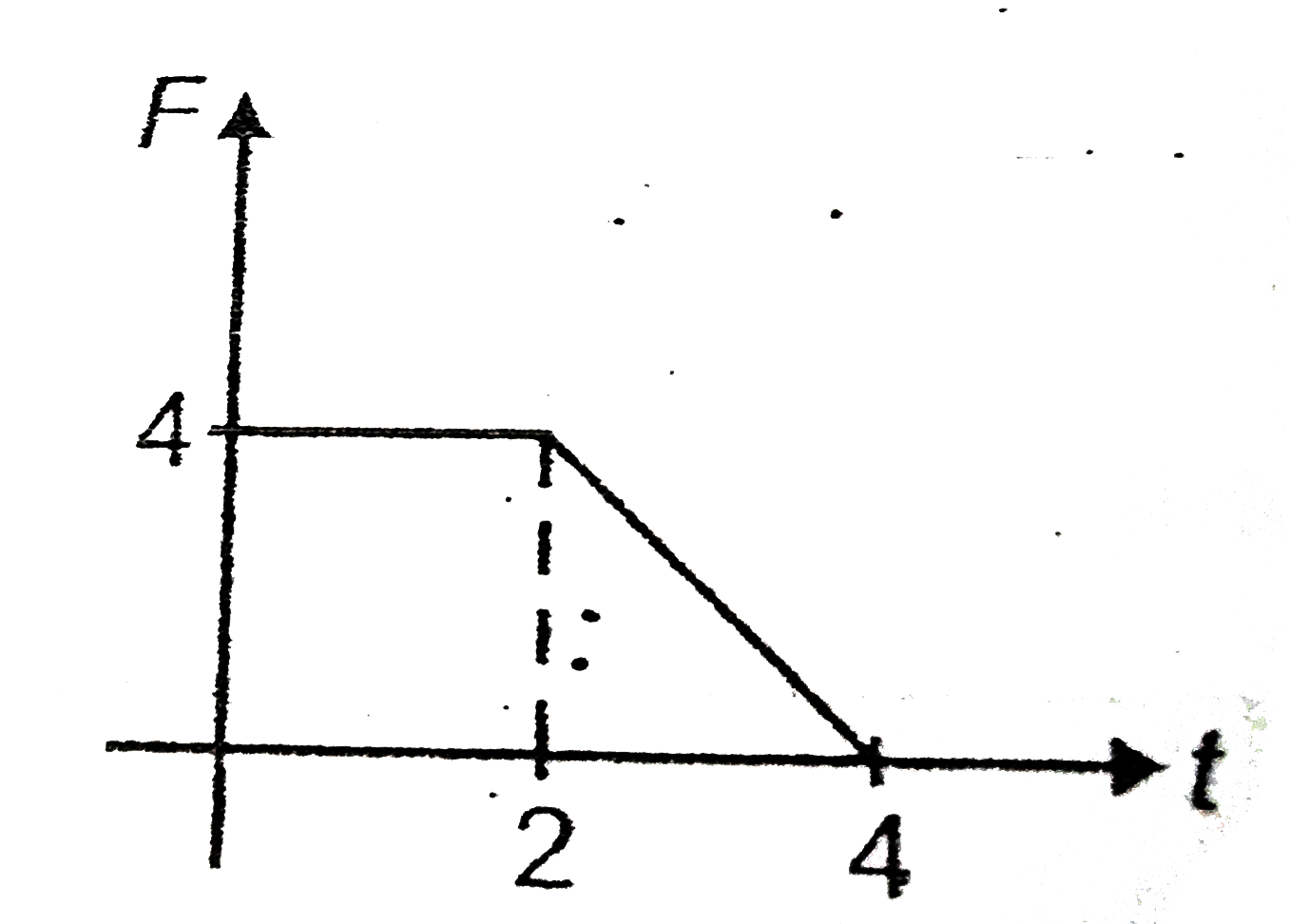A body held completely immersed inside a liquid experiences two forces: (i) F1, the force due to gravity and (ii) F2 the buoyant force. Draw a diagram showing the direction of these forces acting on the body and state the conditions when the body will float or sink.
Step-by-Step Solution:
1. Understanding the Forces:
- A body submerged in a liquid experiences two main forces:
- F1: The gravitational force acting downwards, which is the weight of the body.
- F2: The buoyant force acting upwards, which is the force exerted by the liquid on the body.
2. Drawing the Diagram:
- Draw a container (bucket) filled with water.
- Inside the container, draw a body (which can be represented as a simple shape, like a cube or a sphere) that is completely submerged in the water.
- Indicate the direction of the forces:
- Draw an arrow pointing downwards from the center of the body labeled F1 (Weight).
- Draw an arrow pointing upwards from the center of the body labeled F2 (Buoyant Force).
3. Stating Conditions for Floating or Sinking:
- Condition for Sinking: If the gravitational force (F1) is greater than the buoyant force (F2), the body will sink. This can be expressed as:
\(
F1 > F2 \quad \Rightarrow \quad \text{Body sinks}
\)
- Condition for Floating: If the buoyant force (F2) is greater than the gravitational force (F1), the body will float. This can be expressed as:
\(
F1 < F2 \quad \Rightarrow \quad \text{Body floats}
\)
- Condition for Neutral Buoyancy: If the two forces are equal, the body will neither sink nor float but remain suspended in the liquid. This can be expressed as:
\(
F1 = F2 \quad \Rightarrow \quad \text{Body remains suspended}
\)
Diagram:
±−−−−−−−−−−−−−−−−−−+|||Water||||(Body)||/| ||||||||F2|(BuoyantForce)||||||||/|∣∣±−−−−−−−−−−−−−−−−−−+F1(Weight)
- A body submerged in a liquid experiences two main forces:
- F1: The gravitational force acting downwards, which is the weight of the body.
- F2: The buoyant force acting upwards, which is the force exerted by the liquid on the body.
- Draw a container (bucket) filled with water.
- Inside the container, draw a body (which can be represented as a simple shape, like a cube or a sphere) that is completely submerged in the water.
- Indicate the direction of the forces:
- Draw an arrow pointing downwards from the center of the body labeled F1 (Weight).
- Draw an arrow pointing upwards from the center of the body labeled F2 (Buoyant Force).
- Condition for Sinking: If the gravitational force (F1) is greater than the buoyant force (F2), the body will sink. This can be expressed as:
\(
F1 > F2 \quad \Rightarrow \quad \text{Body sinks}
\)
- Condition for Floating: If the buoyant force (F2) is greater than the gravitational force (F1), the body will float. This can be expressed as:
\(
F1 < F2 \quad \Rightarrow \quad \text{Body floats}
\)
- Condition for Neutral Buoyancy: If the two forces are equal, the body will neither sink nor float but remain suspended in the liquid. This can be expressed as:
\(
F1 = F2 \quad \Rightarrow \quad \text{Body remains suspended}
\)
±−−−−−−−−−−−−−−−−−−+|||Water||||(Body)||/| ||||||||F2|(BuoyantForce)||||||||/|∣∣±−−−−−−−−−−−−−−−−−−+F1(Weight)
Topper's Solved these Questions
- BOOK - ICSECHAPTER - UPTHRUST IN FLUIDS, ARCHIMEDES' PRINCIPLE AND FLOATATIONEXERCISE - EXERCISE 5(A) (Multiple Choice Question)3videos
UPTHRUST IN FLUIDS, ARCHIMEDES' PRINCIPLE AND FLOATATION
- BOOK - ICSECHAPTER - UPTHRUST IN FLUIDS, ARCHIMEDES' PRINCIPLE AND FLOATATIONEXERCISE - EXERCISE 5(A) (Numerical)10videos
UPTHRUST IN FLUIDS, ARCHIMEDES' PRINCIPLE AND FLOATATION
- BOOK - ICSECHAPTER - UPTHRUST IN FLUIDS, ARCHIMEDES' PRINCIPLE AND FLOATATIONEXERCISE - EXERCISE 5(c) (Numerical)9videos
UPTHRUST IN FLUIDS, ARCHIMEDES' PRINCIPLE AND FLOATATION
- BOOK - ICSECHAPTER - SOUNDEXERCISE - TOPIC 2 Infrasonic and Ultrasonic Waves ( 3 Marks Questions)3videos
SOUND
Similar Questions
A body is acted upon by a force.State two conditions when the work done is zero.
View SolutionCan a body remain at rest position when external forces are acting on it?
View SolutionDraw a neat labelled diagram to show the direction of two forces acting on a body to produce rotation in it. Also mark the point O about which the rotation takes place.
View SolutionA body of density ρ is immersed in a liquid of density ρL.State condition when the body will (i) float (ii) sink in liquid.
View SolutionA body is moved in a direction opposite to the direction of force acting on it.State whether the work is done by the work in done against the force.
View SolutionA force F is acted on a body as shown in the figure. Find the impulse of the force in first four seconds.
 View Solution
View SolutionWhen a force is applied on an object and if the body moves in the direction of applied force, work is said to be done.
View SolutionFind out the work done when a force of 30 N displaces a body through 8 m in the direction of the applied force.
View SolutionA body is under the action of two mutually perpendicular forces of 3 N and 4 N. The resultant force acting on the body is
View SolutionA body is under the action of two mutually perpendicular forces of 3 N and 4 N. The resultant force acting on the body is
View Solution

